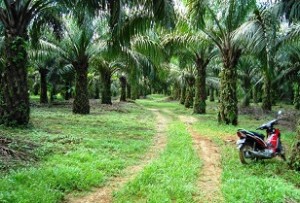Sustainable supply chains are of great importance for the biobased economy, in terms of environmental conditions and respect for biodiversity, and also on issues of improving working conditions and farmers’ incomes. In recent years, many labels have been created for safeguarding sustainability – but can companies and consumers rely on them? The Dutch Environmental Assessment Agency (PBL) researched the issue, and answers: not always. The answer is highly dependent on local conditions, such as good and stable governance and good infrastructure.

In its report ‘Sustainability of international supply chains: progress, effects and perspectives’, PBL examines these chains, like for coffee, fish, wood and chocolate. Labels certify that the farmer has received a fair price and that the environment and biodiversity have been adequately protected. In the Netherlands, certified wood now has a market share of 66%, sustainable coffee and marine stewardship fish have shares of 40%. These rates are among the highest in the European Union .
Limitations of voluntary certification
There are many examples of positive effects of certification, writes PBL. But there may also be negative effects, such as exclusion of unorganised or poor farmers who cannot meet sustainability requirements. Much depends on local conditions. If local governance is fair and stable, infrastructure is good, and there is a properly functioning legal system, a sustainability label will usually function adequately. Knowledge of sustainability and good education are of importance as well. The core message of PBL is that organisations which issue certificates on a voluntary basis have no control over these conditions. These organisations have done very important work, but now run into financial, administrative and other limitations.
Governments need to intervene
For industrialised countries to contribute to sustainable development elsewhere, governments cannot just leave the safeguarding of sustainability to the market. They need to encourage companies to switch to sustainable alternatives. This can be done by requiring mandatory and transparent reports on resource use, by a better European policy for sustainable procurement, or by setting minimum sustainability requirements for products. In various chains it may be useful to map the pros and cons of a legal obligation to respect minimum requirements that are usually applied now on a voluntary basis.
